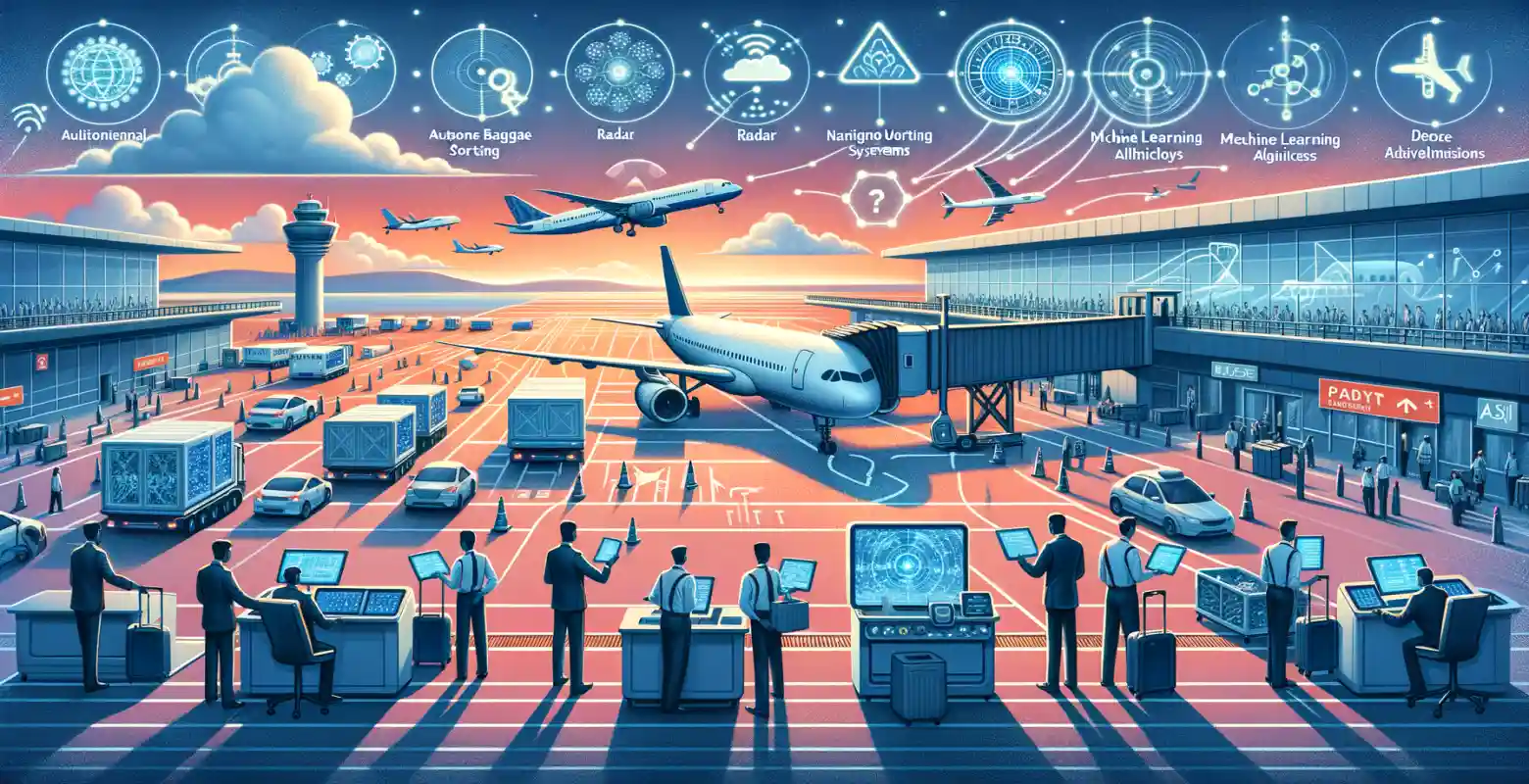How does AI technology improve safety in aviation?
Introduction
In today's world, aviation safety is one of the top priorities for both passengers and airlines. As technology advances rapidly, artificial intelligence (AI) plays an increasingly important role in improving safety in this industry. AI offers innovative solutions that help monitor systems, analyze data, and manage risks. In this article, we will discuss how AI technologies impact aviation safety, their benefits and challenges, and what future trends we can expect.
History and Development of AI in Aviation
Artificial intelligence in aviation is not a new concept; its origins date back to the 1980s when the first decision support systems were introduced. As computers became more advanced, AI started to play a more significant role, especially in areas such as navigation and flight control. Today, thanks to advances in machine learning and data analysis, AI can predict potential failures and increase operational efficiency.
Utilizing AI for Monitoring and Data Analysis
Aircraft Health Monitoring: AI enables continuous monitoring of aircraft health by analyzing data collected by sensors placed on various components. This data is then processed in real-time, allowing for early detection of anomalies and prevention of potential failures.
Predictive Analysis: Advanced AI algorithms can predict when a particular component may fail, enabling a proactive approach to maintenance. This approach not only enhances safety but also reduces operational costs by eliminating unplanned downtime.
AI in Pilot Training and Simulations
Modern flight simulators use artificial intelligence to create more realistic training scenarios. AI can simulate various emergency situations that pilots may encounter in reality, allowing them to better prepare for dealing with unexpected problems. Additionally, AI can analyze pilots' progress and tailor training programs to their individual needs.
AI in Air Traffic Management
Optimized Route Planning: AI algorithms are used to optimize flight route planning, reducing fuel consumption and minimizing delays. This allows aircraft to fly more efficiently, translating into improved operational safety.
Automation of Air Traffic Control: Introducing AI into air traffic management systems enables automatic monitoring and management of large amounts of data in real-time. This allows air traffic controllers to react more quickly and effectively to changes in the airspace.
Cybersecurity in Aviation with AI
Cybersecurity is a crucial aspect in today's globalized and technologically advanced aviation world. AI plays a significant role in identifying potential threats and implementing countermeasures. AI-based systems can quickly analyze vast amounts of data, allowing for early detection of attack attempts and effective protection of aviation systems against cyber threats.
Challenges and Future Trends
Challenges: Despite the numerous benefits AI brings to aviation, there are also challenges such as ethical issues related to automation, the need for high-quality data for algorithm training, and the risk of relying on technology that may fail.
Future Trends: In the future, we can expect further development of AI in aviation, including integration with other technologies such as the Internet of Things (IoT) and autonomous systems. The advancement of AI will also contribute to greater personalization of passenger experiences and further improvement of operational efficiency.
Summary
AI technologies play an increasingly important role in improving aviation safety, offering innovative solutions in monitoring, data analysis, training, and air traffic management. Despite existing challenges, the future of AI in this industry looks promising, and its development will undoubtedly contribute to even higher levels of safety and efficiency in aviation. We encourage you to continue following progress in this dynamically evolving field, which has the potential to revolutionize the way we travel.






Number of comments: 0